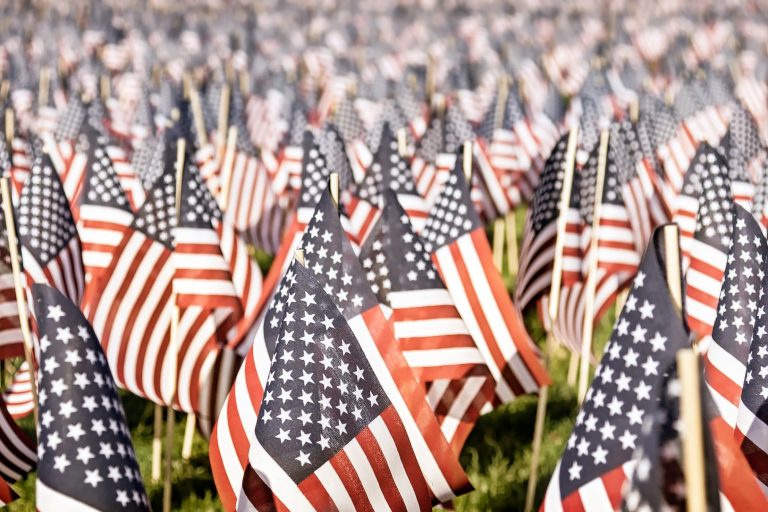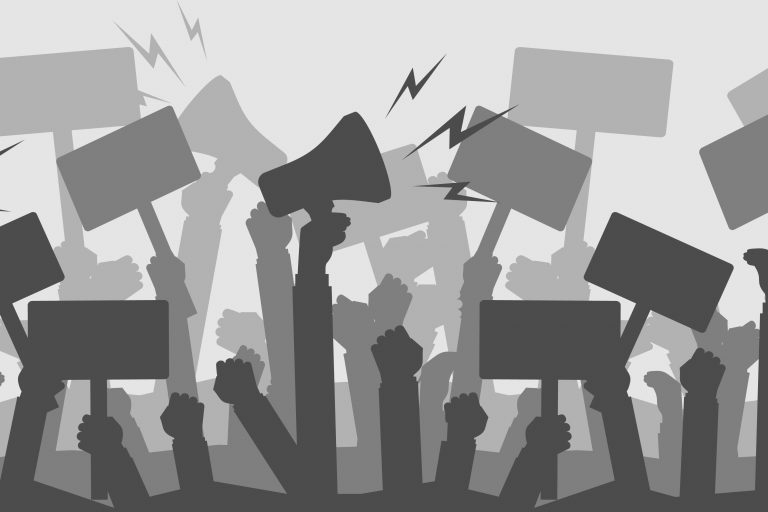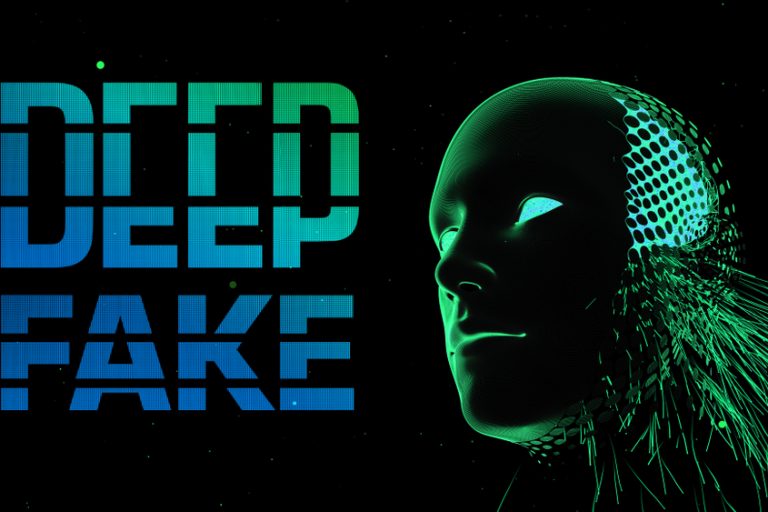My Three Cents

Makovsky
Wednesday, October 8, 2014While communications is often the best offense, it can equally be the best defense.
An incident in Ferguson, Missouri that made international news last August—the killing of an unarmed, young black man by a white cop—was echoed by a similar event in Los Angeles, just a few days later…yet fewer seemed to have heard about it.
The big question is why?
The Ferguson killing engendered angry protests, which went on for weeks with lots of noise, while the Los Angeles killing spurred only one very brief protest, with little hoopla, and seemingly minimal national and international news coverage. I was in Europe, in fact, at the time of the Ferguson crisis and it monopolized the better part of the day on CNN.
So what was the difference between the two?
According to a recent New York Times article—“Despite Similar Shooting, Los Angeles’s ‘Bank of Trust’ Tempers Reaction” —Los Angeles had a communications infrastructure; Ferguson did not. Los Angeles benefitted from the experience gained in other crisis situations, including the infamous Rodney King affair 23 years ago, in which a construction worker was brutally beaten by LAPD officers while an amateur cameraman filmed it. After white police officers were acquitted in the beating, riotserupted.
This blog is largely based on The Times article written by Jennifer Medina, because I found no others which demonstrated why and how communications made such a major difference. I felt it was critical to re-tell this story, in a slightly different way, which needed emphasis.
The communications infrastructure in South Los Angeles is based on a network of community groups and the police, who are continually in touch with each other. The president of Community Coalition, for example, which runs several programs in South Los Angeles, has said, “We have an infrastructure here where there are outlets for people to vent frustration and move into action. [It] has taken more than 20 years to build and sustain—there is no question it would not have been this way a generation or two ago.”
As an example, in less than 24 hours of the Los Angeles killing, a ranking police officer made a phone call to community organizer Lita Herron. “They wanted to check in and gauge our rage.” Ms. Herron said. She has worked hard to prevent gang violence on the streets of South Los Angeles. “They wanted to ask us to quell rumors and hear what we need. We’ve all been through this before—even when we know things are wrong, we aren’t looking for things to explode.”
According to the Times article, the predominantly black and Latino neighborhood that makes up South Los Angeles still has some sense of distrust of the police, but the leaders are willing to give them a chance to make an investigation before jumping to a conclusion.
“They do take a minute to have some remorse for the fact that someone is dead,” a community organizer has said.
A civil rights leader demanded a meeting with top police officials and got it immediately; he is requesting the names of the officers involved and autopsy results. The police are contemplating his request…in contrast to the Ferguson crisis, where the police were withholding the name of the police officer involved and there was no communications bridge. In fact, the Los Angeles Police Chief has said that “what the people are demanding is not unreasonable.”
Chief Paysinger, who has been with the department for nearly 40 years, noted that, for years now, the police have been reliant on what they call a “bank of trust” among community members.
“We’ve learned that community outreach can’t wait for the day when you’re in trouble and need help,” Paysinger has said. Today, the network of community support is so substantial that officers call local leaders routinely. And efforts have expanded to reflect the growing importance of social media, with police personnel monitoring websites, Facebook and Twitter almost 24-7.
The Ferguson crisis made the police in Los Angeles realize, once again, that they did not want the same thing to happen in L.A. In fact, the shooting only got significant news attention locally because of the Ferguson crisis. Otherwise several long time activists said it would be “easy to imagine the shooting getting little attention were it not for the outrage in Missouri.”
News aside, the communications infrastructure clearly helped preempt protests and quell further violence.











